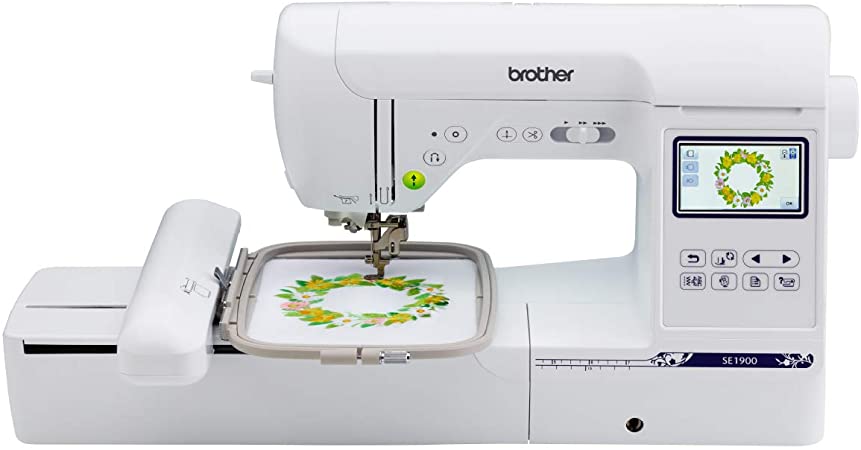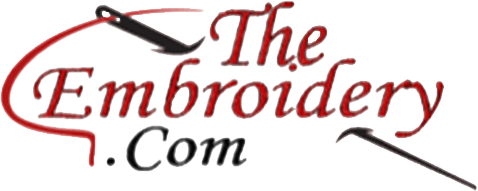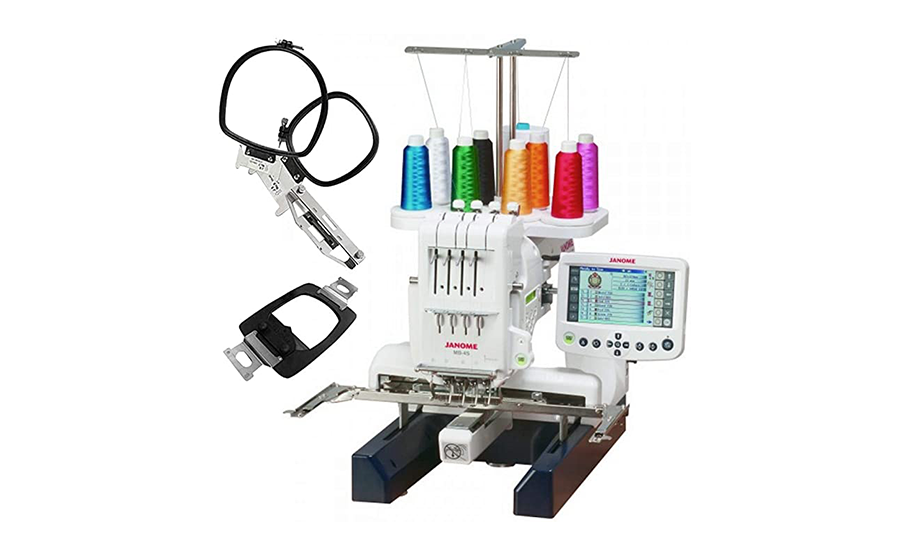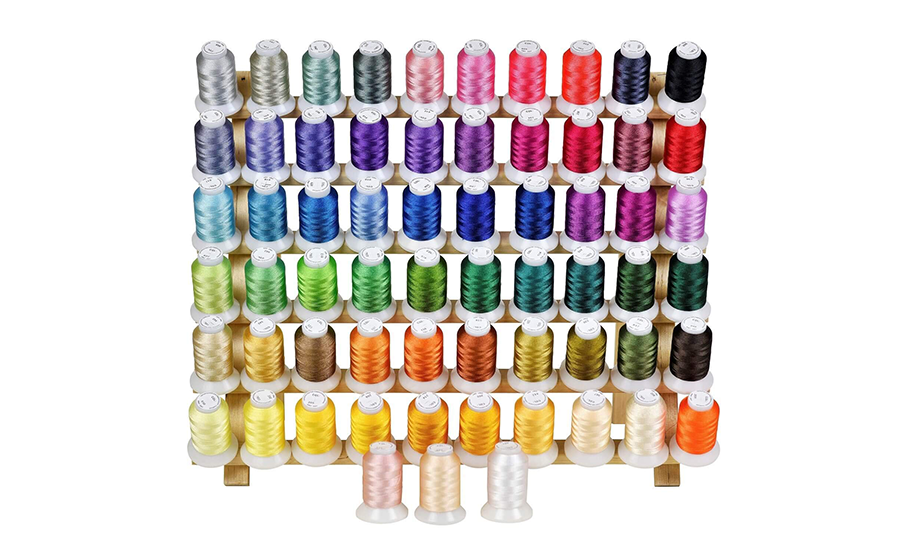Embroidery Machine Stitches, Firstly you should know that embroider is such a tool for designing and adding a touch to your pieces like clothes or even Pillowcases.
So if you are a beginner you should know the basic stitches and know how to apply them, so we will help you in this step to facilitate your work.
Every machine has different types of stitches, you should know which one is suitable for your project and choose it, let’s begin:

Embroidery Machine Stitches
The most common types of embroidery stitch:
You may think that there are 10 or more types of stitch, that is not right the right is that all types of stitches almost do the same thing. But there are 3 main types of stitches, which follow the same thesis (point to point lines).
You don’t have to worry about this because it does not contain loops or fancy knots it just contains lines that will allow you to create any design you want to apply even if it’s complex.
The first stitch: straight stitch
This stitch type is the base of all embroidery, how does it work?
It just repeats lines that may be different in lengths and widths, if you want a thick line you will just repeat one line stitch.
You also will be able also to make curves and fancy lines. So you can do anything by this stitch.
This stitch is mostly used for:
1- Drawing with a single color.
2- Shading.
3- Outlining.
4- Detailed work.
The second type: satin/column stitch
This type of stitch is the most used to make text, you could use it also for different uses because it provides perfect looks which are shiny.
How does it work?
It works on a small area by going back and forth.
The long threads and unbroken threads give the ability to the satin stitch to exist. It will look better if the thread is unbroken and long, this stitch is mostly used to make:
1- Borders.
2- Inside text.
So if you have any shiny design and narrowing the satin stitch is the best way to make this look.
The third stitch: Fill Stitch
The fill stitch or as it called the ceding or tatami stitch.
The fill stitch is mostly used for the filling pattern, when you use the alternate lines with the fill stitch the final result will look woven.
If you want to change the effect you will just need to change the density. It is used if you need to cover the material completely.



I’m private and would like to learn all about machine embroidery
Thanks for your blog, nice to read. Do not stop.